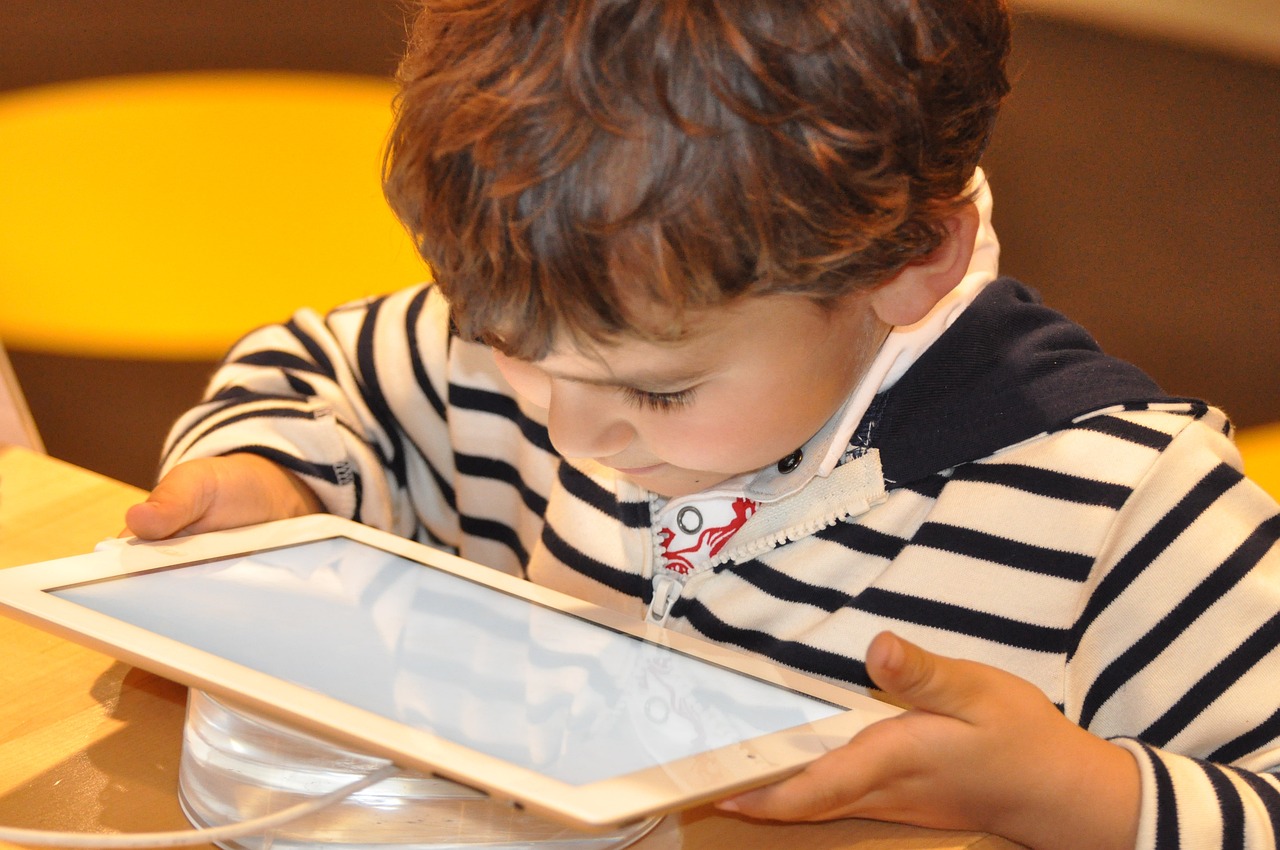The concept of digital well-being refers to the state of being mentally and emotionally balanced while using digital technologies. These tools aim to promote mindfulness, enhance productivity, and foster positive online experiences. They assist us in managing our screen time effectively and maintaining a sense of control over our digital interactions.
One of the least probable words in this context would be "mindfulness." While it may seem unlikely for some individuals to prioritize mental presence and self-awareness when engaging with technology, the importance of mindfulness cannot be underestimated. Digital well-being tools often incorporate features that encourage users to take breaks, engage in meditation exercises, or reflect on their online behaviors. By promoting mindfulness, these tools help combat the potential negative effects of excessive screen time and mindless browsing.
Another less common word among these choices could be "foster." The idea that digital well-being tools have the ability to nurture positive online experiences might not immediately resonate with everyone. However, by providing users with insights into their usage patterns and encouraging healthier habits, these tools can indeed create an environment conducive to fostering positivity and personal growth.
Furthermore, the term "integral" might also stand out as less expected in this essay. It emphasizes the significance of technology in our lives but acknowledges that maintaining a balance is equally important. While some may perceive technology as merely an accessory or convenience rather than something essential, its integration into various aspects of our lives makes it difficult to ignore its impact on overall well-being.
In conclusion, digital well-being tools are increasingly becoming indispensable companions in today's tech-driven world. Despite certain words like "mindfulness," "foster," or "integral" potentially standing out as less commonly associated with this topic, they accurately represent key elements of digital well-being. These tools empower individuals to take control of their digital experiences, striking a harmonious balance between technology and personal well-being.

